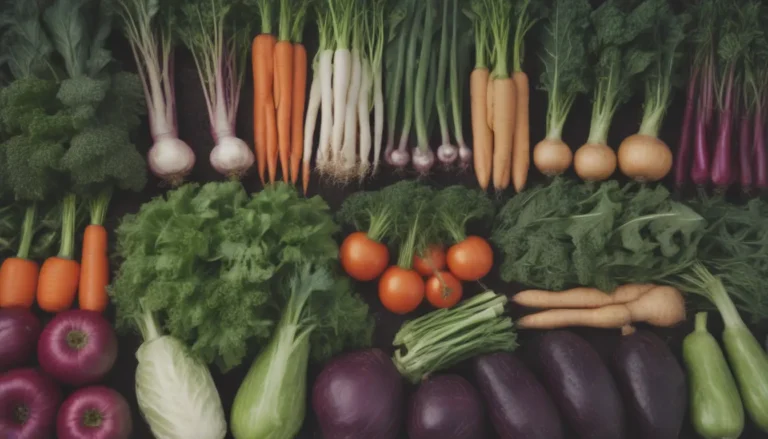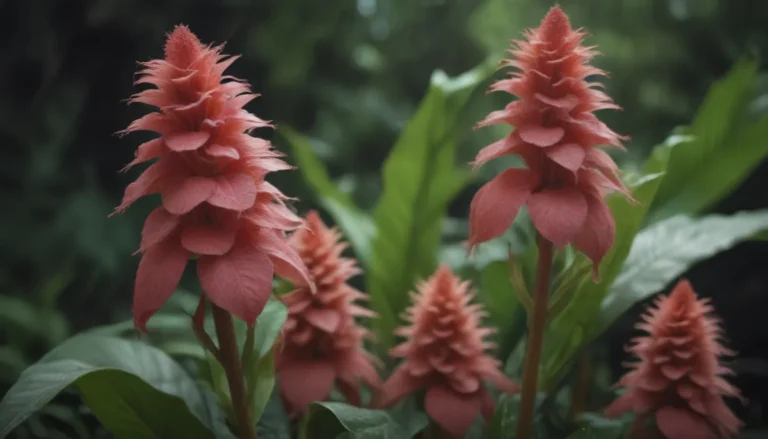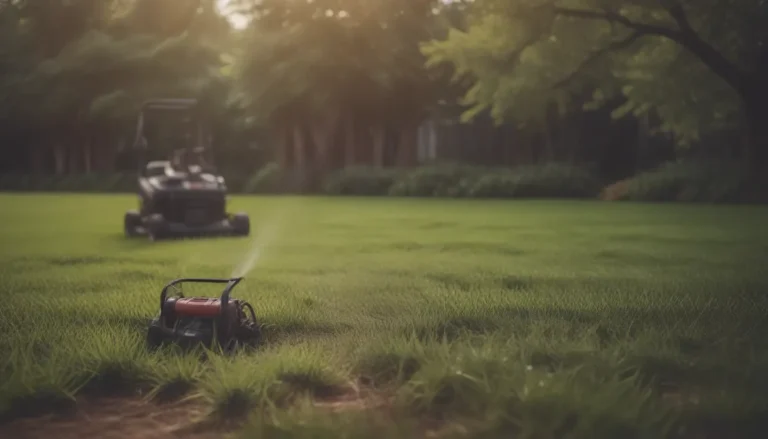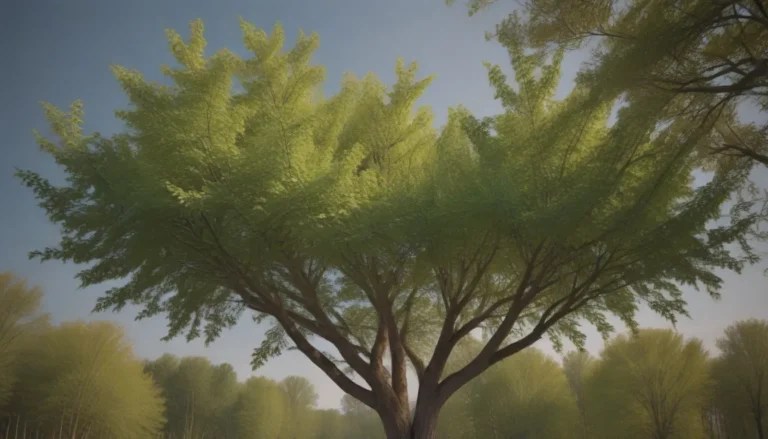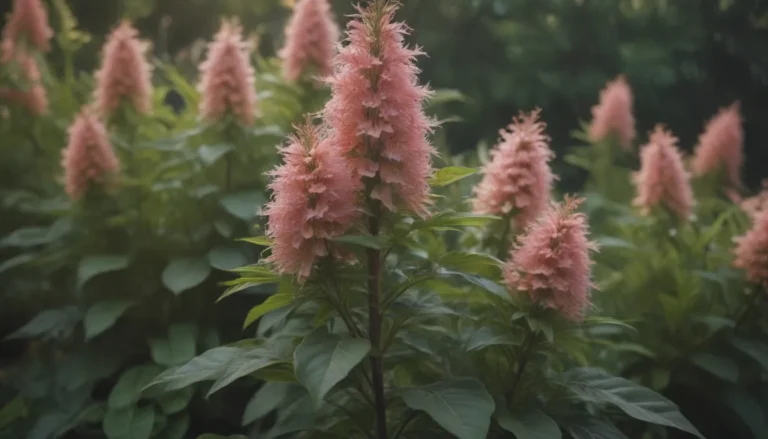The Complete Guide to Planting, Growing, and Caring for Hyacinth Flowers
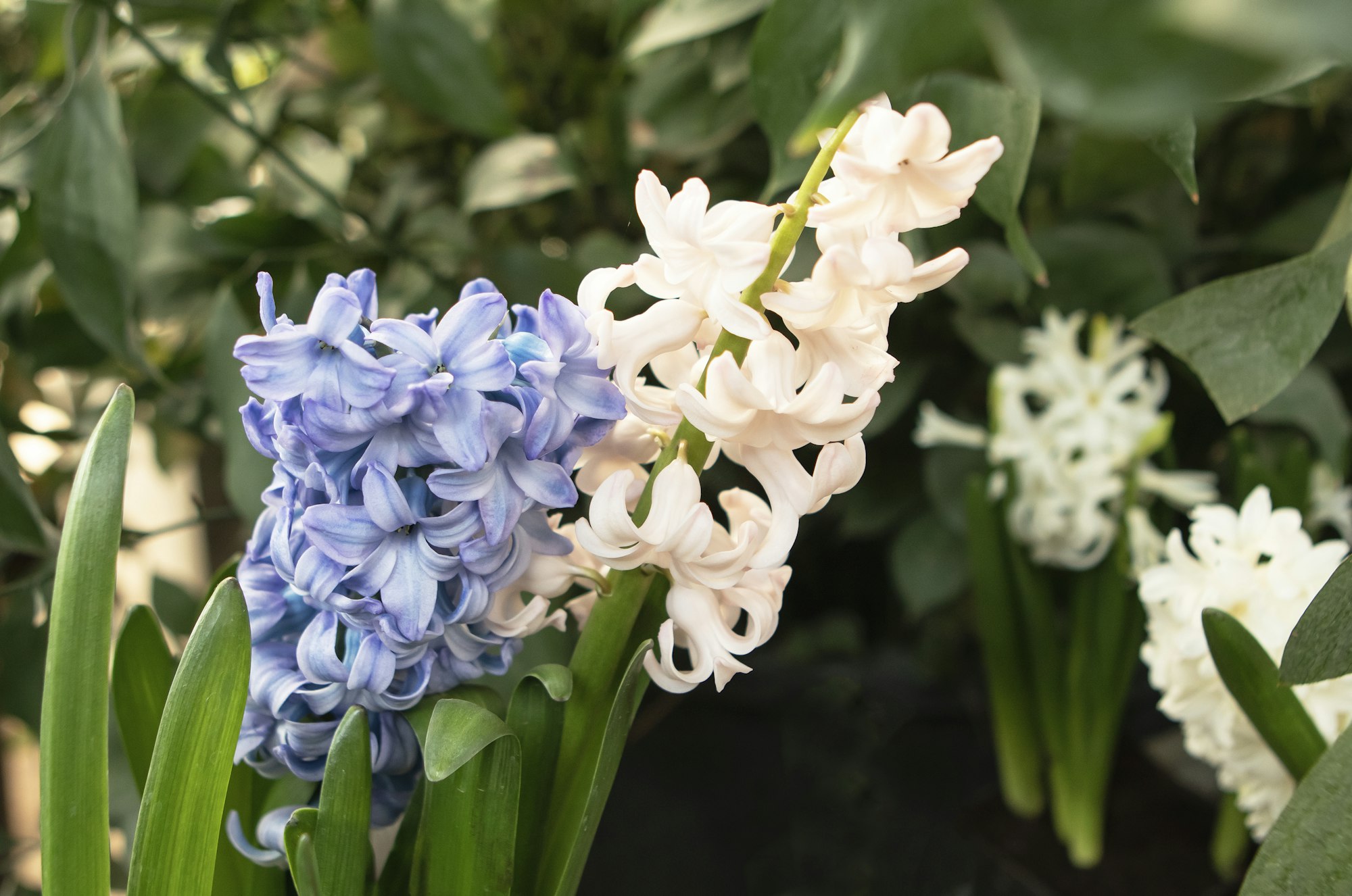
Are you ready to add a burst of color and fragrance to your garden? Look no further than the beautiful hyacinth flower! These spring-blooming beauties are not only eye-catching but also relatively easy to grow. In this guide, we’ll walk you through everything you need to know about planting, growing, and caring for hyacinth flowers. Whether you’re a seasoned gardener or just starting out, you’ll find valuable tips and tricks to help your hyacinths thrive.
Introduction to Hyacinth Flowers
Hyacinths are beloved spring-flowering bulbs known for their vibrant colors and sweet, intense fragrance. Originally from the eastern Mediterranean region, these flowers have been cultivated for centuries and have become a staple in gardens worldwide. With their tall spikes of tubular blooms and strap-shaped leaves, hyacinths make a stunning addition to any garden or indoor space.
A Brief History
Hyacinths have a rich history dating back to the 16th century. They were first introduced to Europe from Turkey and quickly gained popularity among gardeners and flower enthusiasts. Today, there are about 60 commercial cultivars available, offering a wide range of colors and varieties to choose from.
Types of Hyacinths
When we talk about hyacinths, we’re often referring to two main types:
- Hyacinthus genus: This includes the traditional garden hyacinths we commonly see in spring gardens.
- Muscari genus: Also known as grape hyacinths, these smaller flowers share similar care needs with their larger cousins.
While not directly related, both types offer similar beauty and fragrance to your garden.
Popular Hyacinth Varieties

Before we dive into planting and care, let’s explore some popular hyacinth varieties you might want to consider for your garden:
- ‘Hollyhock’: Features stunning deep pink blooms
- ‘Pink Pearl’: Offers soft, delicate pink flowers
- ‘Woodstock’: Produces rich purple blooms
- ‘Blue Jacket’: Displays vibrant blue flowers
- ‘Top White’: Showcases pristine white blooms
Each variety brings its unique charm to the garden, allowing you to create a diverse and colorful display.
Planting Hyacinth Bulbs
Now that you’re familiar with hyacinth varieties, let’s get into the nitty-gritty of planting these beautiful bulbs. Proper planting is crucial for ensuring healthy growth and abundant blooms.
When to Plant
The best time to plant hyacinth bulbs is in the fall, about six to eight weeks before the first frost. This timing allows the bulbs to establish a strong root system before winter sets in.
Choosing the Right Location
Hyacinths thrive in areas that receive full sun to partial shade. Aim for a spot that gets at least six to eight hours of sunlight daily. They also prefer well-draining soil to prevent bulb rot.
Planting Steps
Follow these steps for successful hyacinth planting:
- Prepare the soil: Loosen the soil and remove any weeds or debris.
- Dig holes: Create holes about 4 to 6 inches deep, spaced 3 to 6 inches apart.
- Place bulbs: Set the bulbs in the holes with the root end facing down.
- Cover and water: Fill the holes with soil and water thoroughly.
Pro tip: Add some bulb fertilizer or bone meal to the planting hole to give your hyacinths a nutrient boost.
Caring for Hyacinth Flowers
Once your hyacinths are planted, it’s time to focus on their care. While these flowers are relatively low-maintenance, following these care tips will ensure healthy growth and beautiful blooms year after year.
Watering
Proper watering is essential for hyacinth health:
- Water deeply after planting and during dry spells.
- Allow the soil to dry out between watering to prevent rot.
- Reduce watering after blooming as the plants enter dormancy.
Fertilizing
Feed your hyacinths to promote strong growth and vibrant blooms:
- Apply a balanced, slow-release fertilizer in early spring as new growth emerges.
- Alternatively, use bone meal or a specialized bulb fertilizer.
- Avoid over-fertilizing, as this can lead to weak, floppy stems.
Pruning and Maintenance
Proper pruning helps maintain plant health and appearance:
- Remove faded flower stalks to prevent energy waste on seed production.
- Leave the foliage in place until it yellows and dies back naturally.
- Clean up dead leaves and debris to prevent disease and pest issues.
Winter Care
Preparing your hyacinths for winter is crucial, especially in colder regions:
- Apply a layer of mulch over the planting area to insulate the bulbs.
- In very cold areas, consider adding an extra layer of protection with straw or leaves.
- For container-grown hyacinths, move pots to a protected area or wrap them in insulating material.
Growing Hyacinths Indoors
Don’t have outdoor space? No problem! Hyacinths can be grown indoors, bringing their beauty and fragrance right into your home.
Forcing Hyacinth Bulbs
Forcing allows you to enjoy hyacinth blooms earlier than their natural flowering time:
- Chill the bulbs: Place bulbs in a paper bag in the refrigerator for 10-12 weeks.
- Plant in containers: Use well-draining potting mix and leave the bulb tips exposed.
- Provide darkness: Keep the containers in a cool, dark place for about 10 weeks.
- Gradual light exposure: Once shoots appear, slowly introduce the plants to light and warmer temperatures.
Indoor Care Tips
- Place pots in a bright, cool location away from direct heat sources.
- Keep the soil lightly moist but not waterlogged.
- Turn the pots regularly to promote even growth.
- After blooming, you can transplant the bulbs outdoors for future seasons.
Common Problems and Solutions
Even with proper care, hyacinths may face some challenges. Here are some common issues and how to address them:
Pests
- Rodents: Use wire mesh or repellents to protect bulbs from mice and voles.
- Slugs and snails: Apply organic slug pellets or create barriers around plants.
Diseases
- Bulb rot: Ensure well-draining soil and avoid overwatering.
- Botrytis blight: Remove affected plant parts and improve air circulation.
Other Issues
- Floppy stems: Provide adequate support or plant in areas protected from strong winds.
- Diminishing blooms: Divide and replant bulbs every 3-4 years to maintain vigor.
Propagating Hyacinths
Want more hyacinths? You can propagate them through two main methods:
Offset Bulbs
- Carefully dig up mature bulbs after the foliage has died back.
- Separate the smaller offset bulbs from the main bulb.
- Replant the offsets immediately, following the same planting guidelines.
Growing from Seeds
While more time-consuming, growing hyacinths from seeds can be rewarding:
- Collect seeds from spent flowers.
- Sow seeds in a cold frame or protected outdoor area in fall.
- Provide consistent moisture and patience – it may take 3-5 years for blooms to appear.
Companion Planting with Hyacinths
Enhance your garden’s beauty by pairing hyacinths with complementary plants:
- Early-blooming bulbs: Plant with crocuses or snowdrops for a layered spring display.
- Later-blooming perennials: Combine with hostas or ferns to hide fading hyacinth foliage.
- Colorful annuals: Plant pansies or violas around hyacinths for added color.
Hyacinths in Landscape Design
Incorporate hyacinths into your landscape for maximum impact:
- Mass plantings: Create bold swaths of color in garden beds.
- Border edging: Use hyacinths to line walkways or garden borders.
- Container gardening: Plant in pots for portable spring displays.
- Naturalizing: Scatter bulbs in lawn areas for a meadow-like effect.
Hyacinth Flower Symbolism and Uses
Beyond their ornamental value, hyacinths hold cultural significance:
- Symbolism: Hyacinths represent rebirth and spring in many cultures.
- Language of flowers: Different colors convey various meanings, such as blue for constancy and pink for playfulness.
- Fragrance: The essential oil from hyacinths is used in perfumery.
Conclusion: Enjoying Your Hyacinth Blooms
Congratulations! You’re now equipped with all the knowledge you need to successfully plant, grow, and care for hyacinth flowers. Whether you choose to create a stunning outdoor display or bring these fragrant beauties indoors, hyacinths are sure to add a touch of spring magic to your space.
Remember, the key to thriving hyacinths lies in proper planting, consistent care, and a little patience. With time, you’ll be rewarded with a spectacular show of colorful, sweetly scented blooms that herald the arrival of spring year after year.
So, why wait? Start planning your hyacinth garden today and get ready to enjoy these enchanting flowers in all their glory. Happy gardening!
